Burning, numbness, tingling, and pain can be felt in the back, lower back, legs, and feet. A lot of times these symptoms spread out/radiate from one part of the body into another area. Sciatica is an example of pain that radiates into an extremity, in this case, the back of the leg. Nerves originate from the spine and are divided/separated into sensory and motor nerves. The sensory nerve/s give the sensation to the skin known as dermatomes. Dermatomal patterns act as a map of the body.
Example: Dermatomes on the torso of the body react to the thoracic spinal nerve roots, the arms react to the cervical spine nerve roots, and the legs react to the lumbar spinal nerve roots.
Table of Contents
Dermatome Location – Corresponding Spine Level
- Shoulders – C4, C5
- Inner/Outer Forearms – C6, and T1
- Thumbs and Little Fingers – C6, C7, C8
- Front of Thighs – L2
- Middle, Sides of Both Calves – L4, L5
- Little Toes – S1
A physician might use a piece of cotton, a swab, pin, or paperclip to test the symmetrical feelings in the arms and legs. Abnormal responses could be a sign of a nerve root problem.
Tendon Reflexes
Most individuals have experienced a physician tapping the knees with a rubber hammer. The normal response is a kick. This is a reflex, which is an involuntary muscular response generated by the hammer tapping the tendon. When the reflex responses do not present, this could mean that the spinal cord, nerve root, peripheral nerve, or muscle has been injured/damaged in some way. Absent reflexes are also clues to other conditions/injuries. An abnormal reflex response could also be caused by a disruption of the sensory (feeling) or motor (movement) nerves and sometimes both. Determining where the neural problem might be, a physician will test reflexes in various parts of the body.
Reflex Tested Areas – Corresponding Spine Level
- Upper Arm Biceps – C5-C6 Cervical Spine
- Forearm Distal Radius – C6-C7
- Elbow Triceps – C7
- Abdominal – T8, T9, T10, T11, T12, Thoracic
- Knees/Thighs Patellar, Quadriceps – L3, L4 Lumbar
- Ankles – S1 Sacral
Neurological Exams for Neck/Back Pain
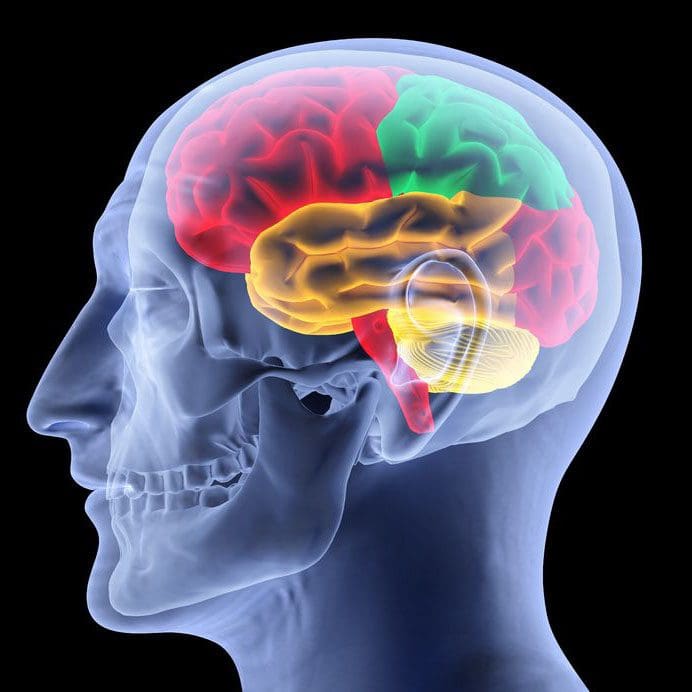
Muscle Strength/Tone
Muscle strength and tone measurements are another way to diagnose nerve deficits. Depending on the symptoms/condition/injury/s there are different ways to evaluate muscle strength:
- Stepping on a stool
- Standing on the heels
- Standing on the toes
- Hopping in place
- Performing knee bends
- Gripping an item in each hand
Muscle strength is graded and recorded in the patient’s chart.
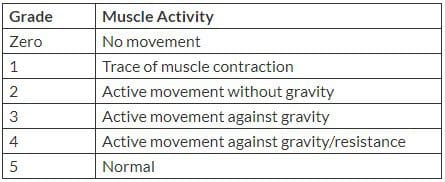
A physician will test the body’s muscle tone by passively flexing and extending the arms and legs. Normal muscle tone will respond with a slight resistance to passive motion. Other movements test for proximal (trunk/torso) and distal (distant) weakness. Muscle symmetry is also taken into account.
Neurological Tests
If necessary a spine specialist might order neurological studies like a Nerve Conduction Study (NCS) or Electromyogram (EMG), to measure nerve performance.
Imaging Studies
MRI and/or CT scans of the spine can be ordered to help the spine specialist/chiropractor make a correct diagnosis, as well as help in creating a plan of treatment.
Conclusion
A neurological exam, along with a mechanical examination consisting of movement of the arms, legs, and torso, can significantly help doctors in making the correct diagnosis. Examination results are then correlated with the patient’s history, illness, and diagnostic studies. Once the diagnosis is made an appropriate treatment plan is discussed. This will begin with non-surgical strategies but if those fail, then surgical intervention could be considered.
Peripheral Neuropathy Treatment
Post Disclaimer
Professional Scope of Practice *
The information herein on "Sensory Nerves and Tendon Reflexes" is not intended to replace a one-on-one relationship with a qualified health care professional or licensed physician and is not medical advice. We encourage you to make healthcare decisions based on your research and partnership with a qualified healthcare professional.
Blog Information & Scope Discussions
Welcome to El Paso's Premier Wellness, Personal Injury Care Clinic & Wellness Blog, where Dr. Alex Jimenez, DC, FNP-C, a Multi-State board-certified Family Practice Nurse Practitioner (FNP-BC) and Chiropractor (DC), presents insights on how our multidisciplinary team is dedicated to holistic healing and personalized care. Our practice aligns with evidence-based treatment protocols inspired by integrative medicine principles, similar to those found on this site and our family practice-based chiromed.com site, focusing on restoring health naturally for patients of all ages.
Our areas of multidisciplinary practice include Wellness & Nutrition, Chronic Pain, Personal Injury, Auto Accident Care, Work Injuries, Back Injury, Low Back Pain, Neck Pain, Migraine Headaches, Sports Injuries, Severe Sciatica, Scoliosis, Complex Herniated Discs, Fibromyalgia, Chronic Pain, Complex Injuries, Stress Management, Functional Medicine Treatments, and in-scope care protocols.
Our information scope is multidisciplinary, focusing on musculoskeletal and physical medicine, wellness, contributing etiological viscerosomatic disturbances within clinical presentations, associated somato-visceral reflex clinical dynamics, subluxation complexes, sensitive health issues, and functional medicine articles, topics, and discussions.
We provide and present clinical collaboration with specialists from various disciplines. Each specialist is governed by their professional scope of practice and their jurisdiction of licensure. We use functional health & wellness protocols to treat and support care for musculoskeletal injuries or disorders.
Our videos, posts, topics, and insights address clinical matters and issues that are directly or indirectly related to our clinical scope of practice.
Our office has made a reasonable effort to provide supportive citations and has identified relevant research studies that support our posts. We provide copies of supporting research studies upon request to regulatory boards and the public.
We understand that we cover matters that require an additional explanation of how they may assist in a particular care plan or treatment protocol; therefore, to discuss the subject matter above further, please feel free to ask Dr. Alex Jimenez, DC, APRN, FNP-BC, or contact us at 915-850-0900.
We are here to help you and your family.
Blessings
Dr. Alex Jimenez DC, MSACP, APRN, FNP-BC*, CCST, IFMCP, CFMP, ATN
email: coach@elpasofunctionalmedicine.com
Multidisciplinary Licensing & Board Certifications:
Licensed as a Doctor of Chiropractic (DC) in Texas & New Mexico*
Texas DC License #: TX5807, Verified: TX5807
New Mexico DC License #: NM-DC2182, Verified: NM-DC2182
Multi-State Advanced Practice Registered Nurse (APRN*) in Texas & Multi-States
Multistate Compact APRN License by Endorsement (42 States)
Texas APRN License #: 1191402, Verified: 1191402 *
Florida APRN License #: 11043890, Verified: APRN11043890 *
License Verification Link: Nursys License Verifier
* Prescriptive Authority Authorized
ANCC FNP-BC: Board Certified Nurse Practitioner*
Compact Status: Multi-State License: Authorized to Practice in 40 States*
Graduate with Honors: ICHS: MSN-FNP (Family Nurse Practitioner Program)
Degree Granted. Master's in Family Practice MSN Diploma (Cum Laude)
Dr. Alex Jimenez, DC, APRN, FNP-BC*, CFMP, IFMCP, ATN, CCST
My Digital Business Card
RN: Registered Nurse
APRNP: Advanced Practice Registered Nurse
FNP: Family Practice Specialization
DC: Doctor of Chiropractic
CFMP: Certified Functional Medicine Provider
MSN-FNP: Master of Science in Family Practice Medicine
MSACP: Master of Science in Advanced Clinical Practice
IFMCP: Institute of Functional Medicine
CCST: Certified Chiropractic Spinal Trauma
ATN: Advanced Translational Neutrogenomics


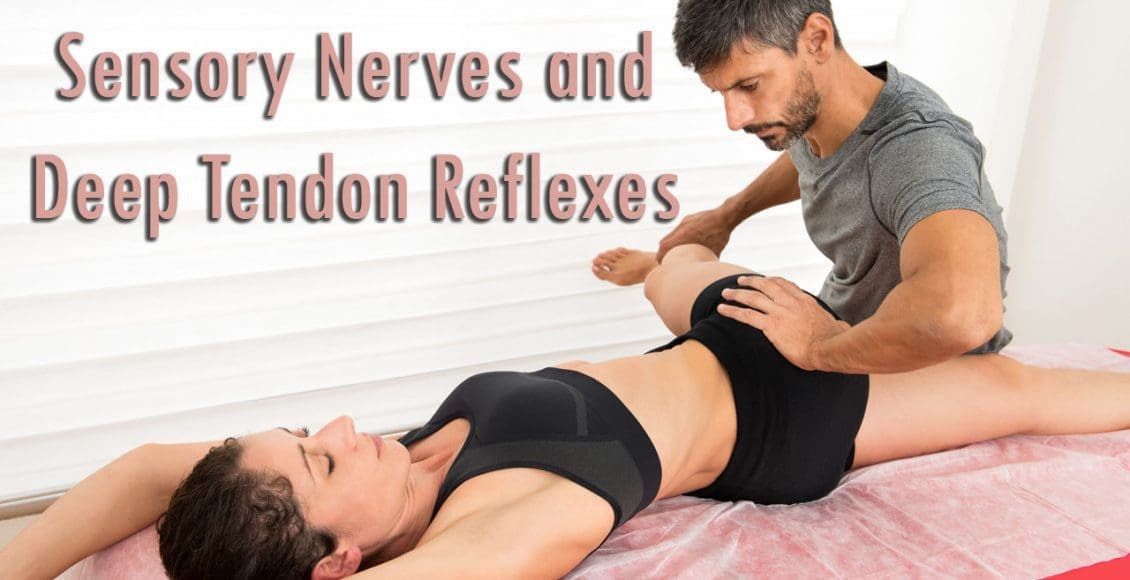
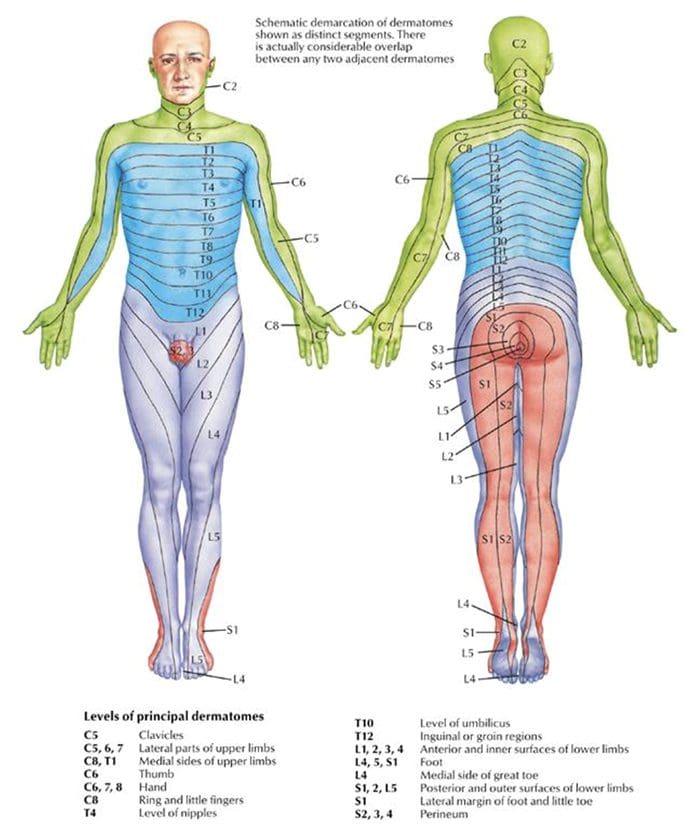
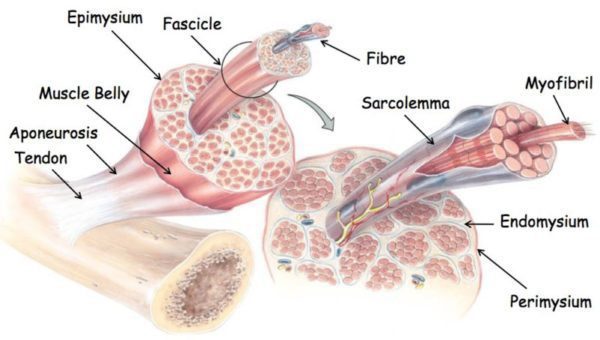


 Again, We Welcome You.
Again, We Welcome You.
Comments are closed.